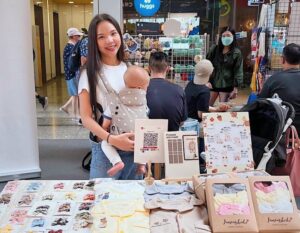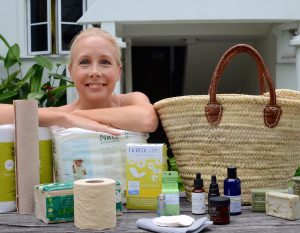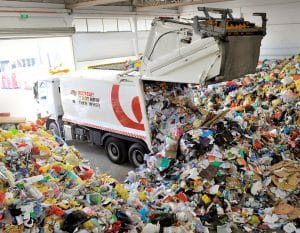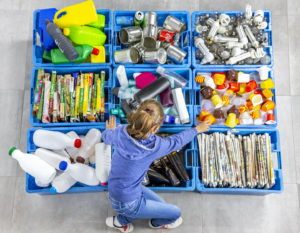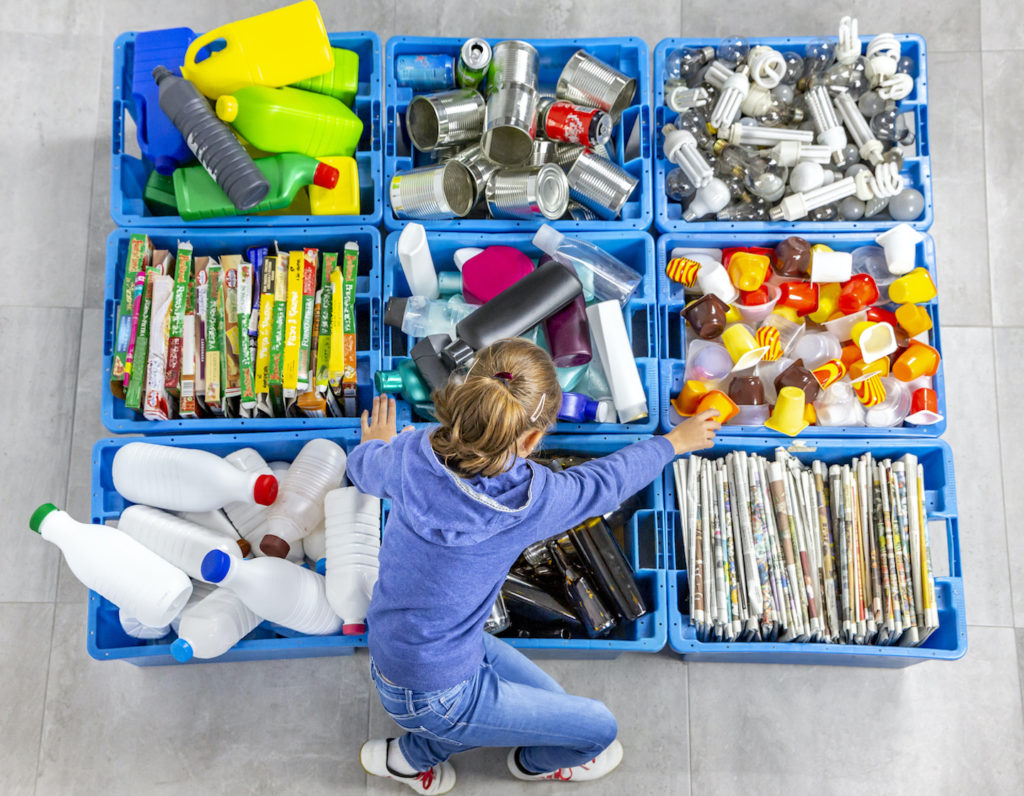

We tackle the common misconceptions around recycling in Singapore. First off, YES Singapore does recycle! But if YOU aren’t recycling properly, your rubbish will end up in a landfill. Here’s everything you need to know about recycling!
Do you recycle? Do you live a zero-waste life like this mama tries to do? Or have you lost hope in thinking that there’s no point recycling at all because you aren’t even sure if your recycling efforts will be worthwhile on the other end? Here’s the thing. If you are recycling properly, it is worth the effort. Here’s our guide on how to recycle effectively (it’s important to know what you can and can’t recycle for your efforts to count!)
How much does Singapore recycle?
Singapore’s recycling rate remained at 13 per cent in 2021 – unchanged from 2020’s figures, a 10-year low. That’s even as households produced more waste as economic activity resumed after the first year of the pandemic. And you can clearly see the negative effects of single-use plastic everywhere. If you take a stroll along the beaches in Singapore you’ll see plastic being washed ashore – it does damage to marine life and breaks down into microplastic contaminating our food chain and eventually ending up in our bodies. Alarmingly there have been recent reports that microplastic particles have been revealed in the placentas of foetus’ for the first time, and could cause long-term damage or upset the foetus’s developing immune system!
20 companies responsible for 55% of global single-use plastic waste
A study in 2021 published by The Plastic Waste Makers Index revealed that just 20 companies are the source of over 50 per cent of ‘throwaway’ single-use plastic that ends up as waste worldwide. You can find out which companies are on the list here and do what food waste guru Tessa Clarke founder of the OLIO app does, and use your money as a vote.
What else can we do that’s in our control to help with reducing plastic pollution? Let’s start by using less single-use plastic (tips how here), reusing/donating what we have instead of throwing it, and recycling where we can! But how do you start recycling?
How to recycle in Singapore
1. Have a separate bin or bag in your house for recycling.
2. Clean any recyclable materials (paper/plastic/metal/glass) as needed and keep aside. You don’t actually need to sort paper from plastic from metal from glass. You can lump all your recycling goods together as long as they are clean.
3. Dispose in the blue bins provided by your condo/DDB estate. The designated public waste collector will collect the recyclables.
4. All the paper/plastic/metal/glass from the recycling bins are then sorted manually by workers at materials recovery facilities and sent further to the designated recycling facility in Singapore or overseas.
So your efforts aren’t going to waste if done properly See this video to witness sorting at a materials recovery facility in Singapore.
Recycling steps
- Clean recycling items if needed
- No need to sort paper/plastic/glass/metal
- Dispose in blue bins
Read more: How this mama lives a zero-waste lifestyle in Singapore
When recycling materials end up in the landfill
But sadly many of us are not recycling properly and in this case, our efforts are literally going to waste! More than one-third of the collection from Singapore household recycling bins ends up in the landfill – simply because some of us did not recycle properly!
Sadly, a high proportion – between 40% of the haul from household recycle bins – is found to be unfit due to contamination by food waste, soiled materials and trash. Towards Zero Waste is a good resource to find out what can or cannot be recycled. Here’s our pick of the biggest offenders and most confusing items. So if you have ever been mystified when sorting your trash, read on!
Read more: 7 Single-Use Swaps to Reduce Plastic Waste
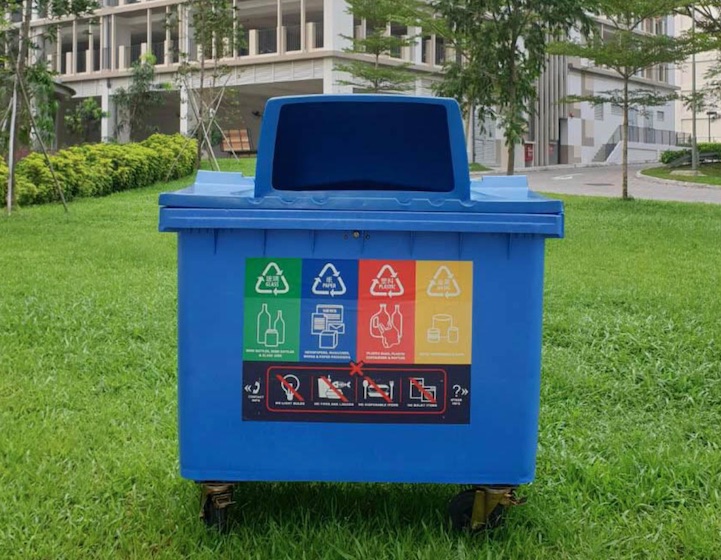

List of things you CAN recycle in Singapore:
Make sure you wash out these items if needed before putting in a recycling bin. It may be a good idea to bag all your recycling so it doesn’t contaminate the main bin should your batch have an errant item. There is no need to sort/separate these items – they should all go in the blue bin in your condo/HDB.
– Paper
– Plastic
– Metal
– Glass
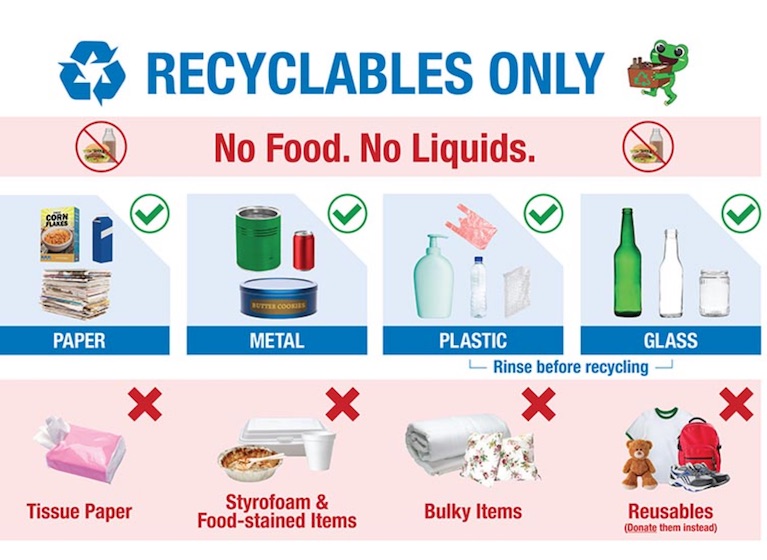

List of things you CAN’T recycle in Singapore:
It’s important to know what can not be recycled in Singapore so you don’t contaminate the blue bins provided. Refer to this comprehensive list to help.
1. Plastic Straws
Can we stop with the plastic straws? If you can’t manage drinking something directly out of a cup/glass, then please look out for bamboo or metal straws that can be reused. Need convincing? Read this.
2. Filled-up cosmetic or food/drink jars
Plastic, glass jars and metal containers are recyclable. But be sure to empty them out, or if needed, lightly rinse them first. Leaking chemicals or even food/drink remnants can contaminate perfectly good materials around them, even making them unfit for recycling. This is especially true for Singapore where paper may nestle next to jars till it reaches the sorting plant.
3. Pizza Boxes
Pizzerias around the world uniformly use cardboard boxes – not because they have a secret pact against plastic – but simply because paper absorbs oil wonderfully. And that’s exactly why soiled pizza boxes cannot go for recycling. The oiliness works against the paper recycling process, plus the food debris attracts pests!
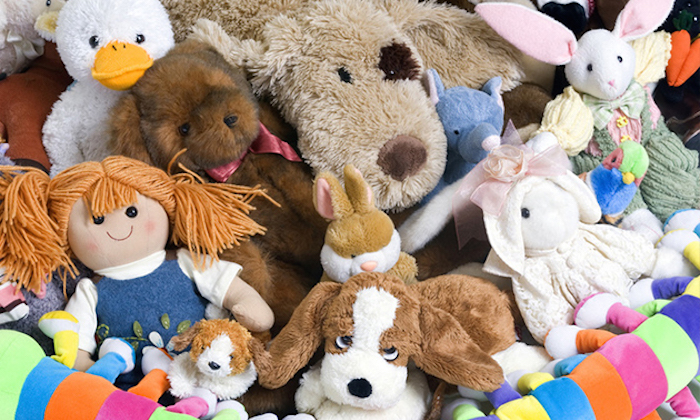

4. Stuffed Toys
Stuff toys, cushions, mattresses, pillows – these cannot be recycled in Singapore. The stray item that reaches the sorting machine creates a menace as machines rip the outer fabric out and the stuffing creates an elaborate mess! So please donate these if in usable condition. If not, (sigh!) trashing is the way to go.
5. Food waste
Absolutely no, but you know this already! From small used tea bags to mounds of cereal that confused you by tasting like cardboard – please trash them properly bagged down your chute! If you have some space on your balcony or backyard, you can compost at home. Raw food scraps, peels, old cardboard, tea leaves and coffee grounds can all be composted.
6. E-waste
E-waste refers to electrical and electronic waste, such as computers, laptops, mobile phones and TVs. Before you dump your e-waste – see if it can be repaired and donated. To recycle drop off your e-waste at these designated recycling points offered by various retailers and our industry partners. (Please note that e-waste cannot be placed inside the blue recycling bins).
A word on Tetra Paks
Many countries cannot handle tetra paks (plasticized cartons for milk, juice and other drinks) – but Singapore can (or at least, it knows where to pack and send them for the afterlife!).
Refer to this full list of what you can or cannot recycle.
What happens to non-recyclable trash in Singapore?
Non-recyclable trash in Singapore goes to the Semakau Landfill, after it is incinerated in one of the 4 Waste to energy plants (WTE) in Singapore. Incinerating trash reduces its volume by 90% and generates electric energy (2-3% of the country’s electricity needs are supported by the energy generated at the WTE plants).
However, Singapore’s landfill site in Pulau Semakau will reach capacity by 2035! So Singapore really needs to cut down on the non-recyclable waste we produce! Here are 7 easy ways you can reduce your own family’s single-use plastic from swapping to bamboo toothbrushes to carrying a cloth bag when you are shopping – easy peasy stuff! (Image clicks to another tab and opens a larger version.)
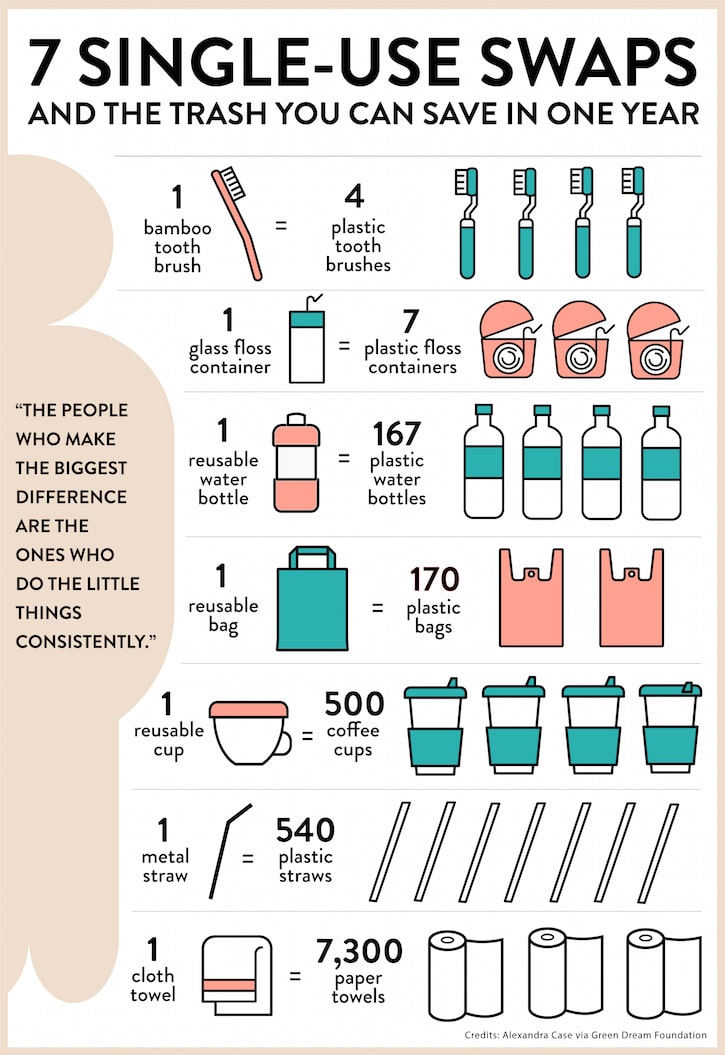
If you can’t recycle it, can you reuse, sell, swap it or donate it?
If you can reuse or donate something why not try this so that you’re keeping one more thing out of the landfill? It’s a little more effort but can be so rewarding!
- Donate children’s books at Books Beyond Borders or Dignity Mama.
- Donate clothes to the SCWO New2u thrift shop, Salvation Army or Pass It On, platform that distributes unwanted items to low-income families in Singapore.
- Sell items that are still in good nick on Carousell (here’s our guide to second-hand selling/shopping)
- Organise a clothes swapping party with friends or donate to clothes-swapping start-ups like The Fashion Pulpit or Swapaholic.
- Use the OLIO App or ShareLeh to donate unwanted food and other items!
So are you convinced to do your part by recycling now, mama? We really hope so – for the next generation – our children’s sake!
Read More:






 View All
View All





 View All
View All

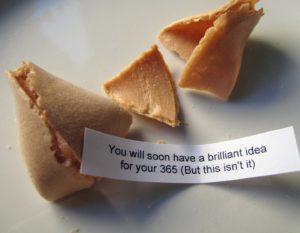





 View All
View All